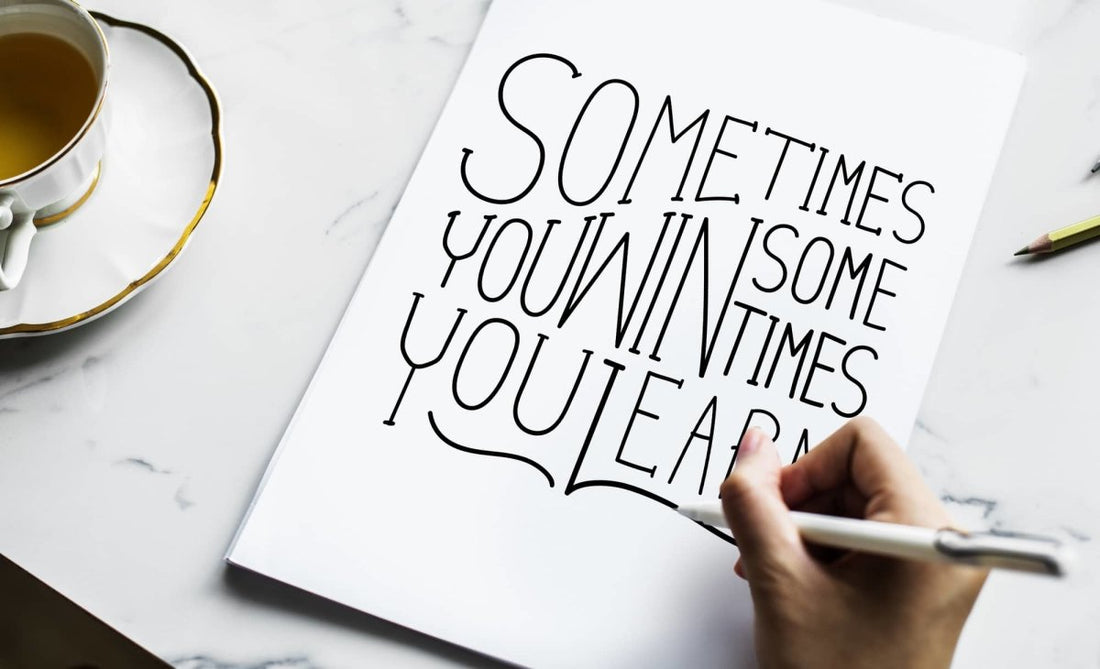
4 Tips for Using the Different Types of Letter Fonts
adminShare
4 Tips for Using the Different Types of Letter Fonts
Understanding fonts and how to use them is important in graphic design. Learn about the different types of letter fonts here!
Keyword(s): different types of letter fonts
Trying to understand how to use fonts in your graphic design?
While you may have heard about the psychological and emotional effects of colors, you may not know that the psychology of font choices is just as important. Certain fonts can make a reader feel more comfortable while the wrong font can evoke negative emotions or associations.
There are countless options for using fonts in your graphics. It's important to keep a few tips in mind to ensure your graphics truly stand out from the crowd and send the right message.
Below we'll look at the four top tips for using the different types of letter fonts successfully.
1. Know the Difference between Serif and Sans Serif
If you want to make sure you're using letter fonts effectively, it's necessary to understand the difference between serif and sans-serif fonts.
Serifs are the little extra "legs" that you see on letters or symbols in certain fonts, such as Times New Roman and Courier. However, some fonts lack these little legs on the font; these are known as sans serif fonts.
While either of these fonts can work for a variety of uses, it's important to consider which one is best for any particular graphic that is being created.
While serif fonts are often the classic choice, sans-serif fonts have a more modern, informal look that seems a bit cleaner. Sans serif fonts are typically regarded as great for using on the web due to on-screen readability, but serif fonts are often the traditional choice for print applications.
2. Consider the Font's Readability
Whether you're working to design a logo or trying to perfect your business card, consider the readability of the font that you're considering using. Font types vary a lot in their readability, and some are more easy on the eye than others.
Handwritten and cursive fonts can add a sense of elegance or creativity to the design you're creating. However, they may be too hard to read if you're trying to get a brand name or message across clearly.
Also, keep in mind that sans-serif fonts are considered a bit more readable than serif fonts, especially for large bodies of text.
Another aesthetic choice that affects readability is using all capital letters. While this can provide a great look that stands out, it can also be a bit harder to read in some cases.
3. Be Ready to Combine Fonts
When using fonts for graphic design, it can sometimes be a good idea to use more than one at a time. It's not always easy to determine what fonts make good pairs, however.
As a basic rule, it's important to look for fonts that complement each other in some way. A cursive font headline may provide a great looking contrast when used with a non-cursive font subheading, for example. A sans-serif font and a serif font can also look great together and complement each other well.
Another great rule is to stick to no more than two fonts for each design. Otherwise, your design may look messy and disorganized.
4. Placement Matters
It's also important to know where to place fonts within your design. Spacing and alignment choices matter a lot when using letter fonts.
The main choices for aligning your text are typically either in the left, center, or right section of your design. Choosing the best alignment will depend on several factors, including the image or background that your text will be placed on.
Make sure the font and the image complement each other well. Don't place your text directly on top of an important element in the background image.
Another great way to work with the placement of your fonts is with the actual letter spacing. Leaving extra spaces between the letters of your text can create a great effect in certain situations, such as when you want a subheading to spread out evenly over a title font.
Make the Most of the Different Types of Letter Fonts
Once you master the usage of different types of letter fonts, you'll be well on your way to creating some great graphics. Using the tips above when creating graphics will ensure that your designs stand out and convey your message to the target audience.
Need help with your graphic design? Get a custom quote today and learn more about what we can do for you!


